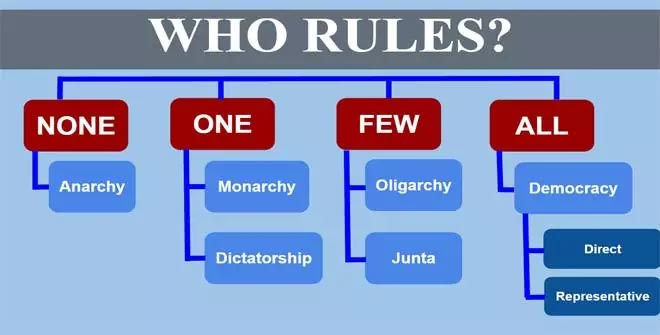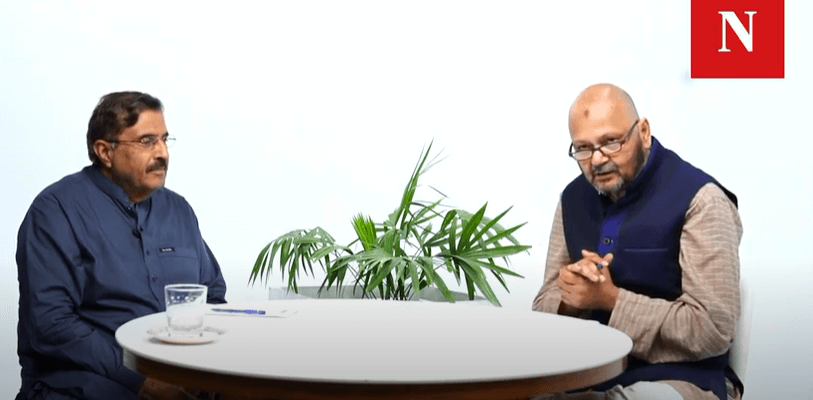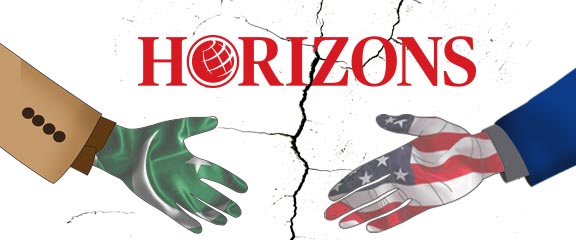The growing dominance of the wealthy in politics raises questions about Pakistan’s commitment to democratic principles.
Oligarchy and plutocracy are two different forms of governance, but they share some similarities. While both systems concentrate power in the hands of a few, the main difference lies in the basis of that power. In an oligarchy, power may come from various sources, while in a plutocracy, power is derived primarily from wealth. It’s important to note that these two systems are not mutually exclusive, and elements of both can exist within a single political system.

It is important to note that the classification of a nation’s political system can be complex and fluid, as elements of different approaches can coexist, and transitions between systems may need to be clarified.
After the fall of the Soviet Union in 1991, Russia underwent a period of rapid privatization and economic liberalization. During this time, a small group of powerful individuals, often called “oligarchs,” accumulated vast wealth and influence by acquiring control of key industries and resources. As these oligarchs consolidated their wealth and power, the Russian political system began to display characteristics of a plutocracy, with the wealthy class exerting significant control over government decisions and policies.
During the tenure of Silvio Berlusconi, Italy displayed characteristics of both an oligarchy and a plutocracy. Berlusconi was a wealthy media mogul who held the position of Prime Minister multiple times between 1994 and 2011. During his tenure, critics argued that his wealth and control of key media assets allowed him to influence Italian politics significantly and shape public opinion, contributing to a plutocratic environment.
Although the United States is considered a representative democracy, it has also exhibited characteristics of both an oligarchy and a plutocracy at various historical points. The influence of wealthy individuals and corporations on American politics has grown over time, particularly after the Citizens United decision in 2010, which allowed unlimited campaign contributions from corporations and wealthy individuals. Some critics argue that the United States has become more plutocratic, with the rich exerting significant control over policy decisions.
In Pakistan, a country marked by a tumultuous political history, a notable shift has occurred. The continuous power struggle, oscillating between military rule and civilian governments, has gradually given way to an emerging plutocracy. This transition from an oligarchical system, where power is concentrated in the hands of a select few, to a plutocracy, marked by the dominance of the wealthy, is a cause for concern. This article will delve into the reasons behind this political transition and the implications for Pakistan’s democracy.
Political dynasties have long been a defining feature of Pakistan’s political landscape. The Bhuttos and the Sharifs are prominent families with significant power. Initially, their influence echoed an oligarchical system. However, as these families grew wealthier and their influence expanded, the line between oligarchy and plutocracy began to blur.
Consider the example of the Sharif family. Their vast business empire, which spans steel, sugar, and paper mills, has allowed them to wield significant economic and political power. Critics argue that this wealth has been leveraged to influence policy decisions and maintain their political dominance, embodying the shift towards plutocracy.
Corruption and patronage have further complicated Pakistan’s political scene. Transparency International’s Corruption Perceptions Index consistently ranks Pakistan among the countries with high levels of corruption. This deep-seated issue has allowed powerful individuals and families to use their wealth to buy influence and loyalty, thus consolidating their political control.
The military’s role in Pakistan’s politics has also contributed to the rise of plutocracy. Military rule has often opened doors for wealthy individuals and groups to amass power through their connections with the military leaders. This symbiotic relationship between the military and the rich has shaped a political environment where wealth and power are increasingly intertwined.
Economic liberalization and deregulation have further catalyzed Pakistan’s transition from oligarchy to plutocracy. Economic reforms have led to the privatization of state-owned enterprises and the deregulation of industries allowing certain individuals and families to accumulate significant wealth, using their newfound economic power to influence political decisions.
The transition from oligarchy to plutocracy in Pakistan has far-reaching implications. The consolidation of power among the wealthy elite has sparked concerns about the erosion of democratic norms and the perpetuation of income inequality. Policies favouring the rich while neglecting the needs of the majority may exacerbate social and economic disparities, destabilizing Pakistan’s fragile political system.
This growing dominance of the wealthy in politics also raises questions about Pakistan’s commitment to democratic principles. As plutocratic tendencies solidify, the political system may become increasingly unresponsive to the majority’s needs, further undermining democracy.
However, it’s not all doom and gloom. Some potential solutions and actions could be taken to address the issue. Strengthening democratic institutions, enhancing transparency, and implementing robust checks and balances could help curb money’s political influence. Furthermore, promoting inclusive economic policies could help address income inequality, and ensuring a level playing field in politics could help counter the dominance of the wealthy elite. While the challenges are significant, there remains hope for Pakistan’s political future. Through concerted efforts, the nation may navigate from a burgeoning plutocracy back to a robust democracy.
These examples illustrate the complexity and fluidity of political systems, and it’s important to remember that a country’s political environment can change over time and simultaneously display elements of different systems.



